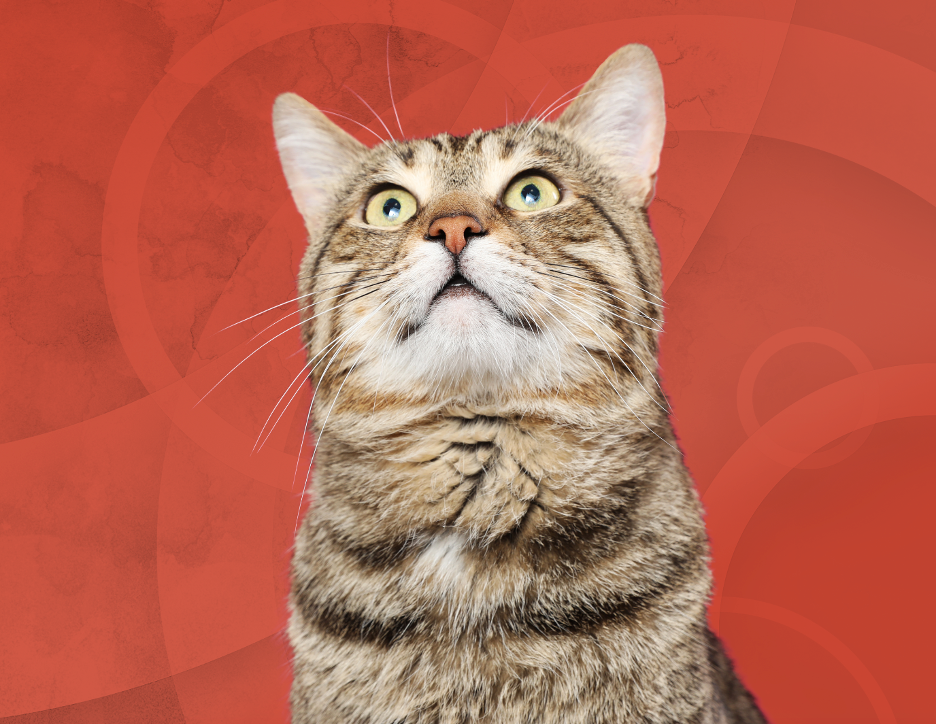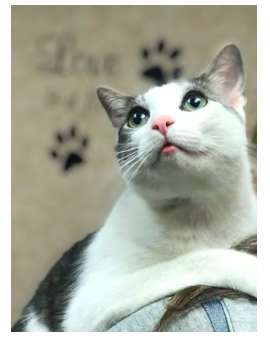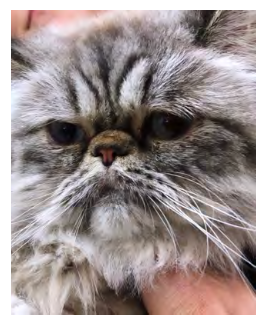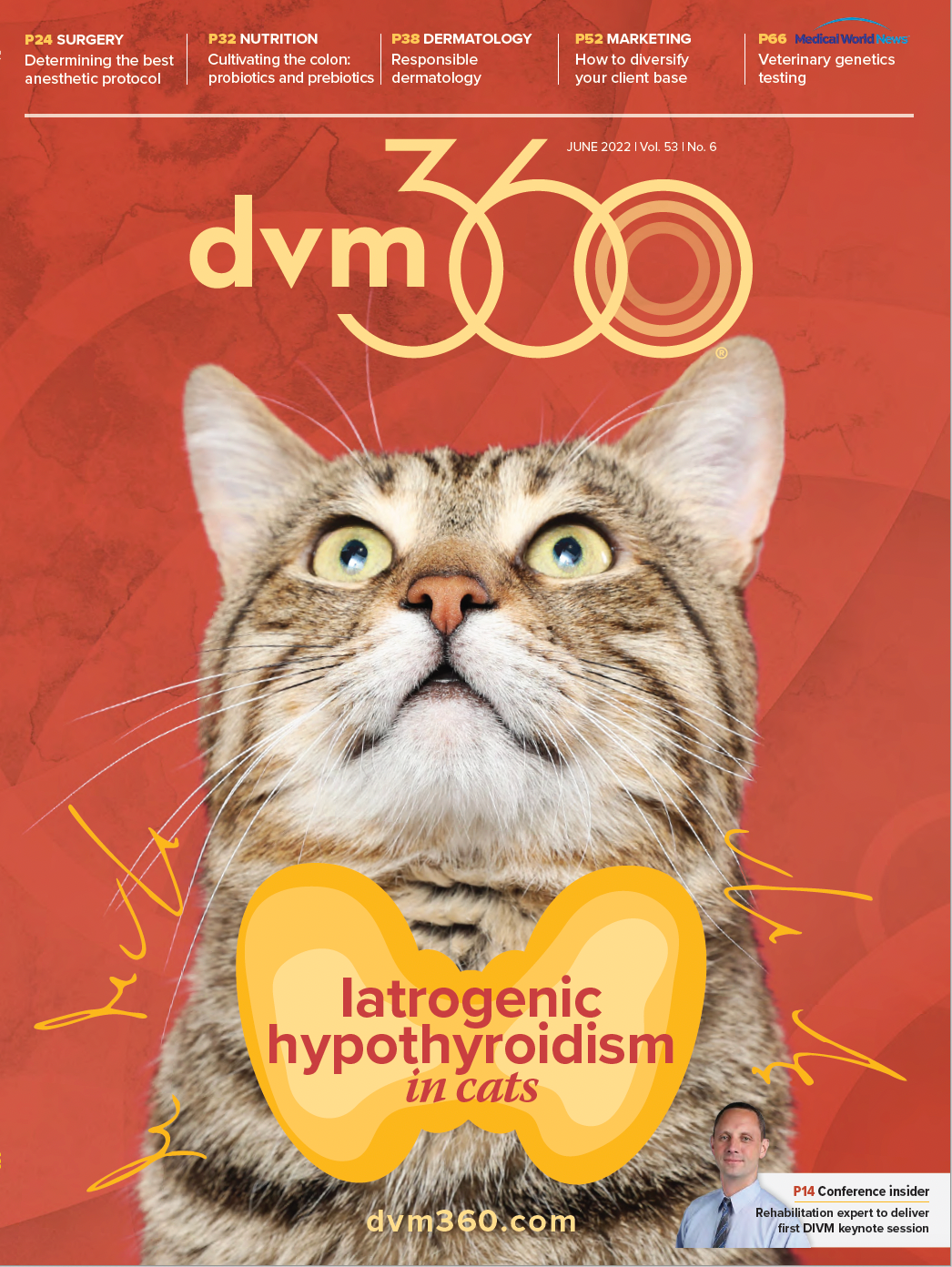Iatrogenic hypothyroidism in cats
What is gained from certain treatments and what we miss in patients receiving them
New Africa / stock.adobe.com

Hyperthyroidism is not just one if the most common endocrinopathy conditions but is also one of the most prevalent geriatric feline diseases in general.1,2 Thyroid hormone has an enhancing effect on renal function (glomerular filtration rate [GFR]) by delivering more blood to the kidneys.3 Treating hyperthyroidism decreases the GFR and may unmask underlying chronic kidney disease (CKD) and azotemia.4-7 Hyperthyroid cats with preexisting CKD have shorter survival times than nonazotemic cats.8
Hyperthyroidism is one of the most prevalent geriatric feline diseases. (Image provided by Adam Christman)

Iatrogenic hypothyroidism (IH) results when treatment for hyperthyroidism causes suppression of total thyroxine (T4) below normal levels. Azotemia is more common in cats with IH,9 which can result from surgical thyroidectomy, radioactive iodine (I-131), or oral methimazole treatment.9-11 The overall prevalence of IH in cats treated for hyperthyroidism is estimated to be around 1 in 5 cases whereas the prevalence in methimazole-treated cats may be as high as 50% of cases.9-11
Although large studies are lacking, the combination of IH and CKD decreased the survival time of cats by nearly 50% compared with that of their nonazotemic counterparts—from 905 days to 456 days.9 In methimazole-treated cats with IH, restoring thyroid status resulted in improved creatinine in all cases and resolved the azotemia in about half the cases.10
Testing and diagnosis
Current pitfalls in our ability to recognize IH in cats include the clinical signs of hypothyroidism; weight gain, declining appetite, and decreased activity are considered normal with treatment for hyperthyroidism. Further, most cats undergo routine T4+/– free T4 monitoring although documentation of IH requires both a low or low-normal T4+/– free T4 level and the complementary finding of an elevated or high-normal thyroid stimulating hormone (TSH) level.
The current commercially available canine TSH (cTSH) assay lacks sensitivity for cats but a feline-specific assay is not yet available for routine use.12,13 As a result, we are likely missing IH in cats being treated for hyperthyroidism using current monitoring trends.
Practically speaking, cats that are being treated for hyperthyroidism should be monitored for the development of IH and this requires routine monitoring of both T4 and TSH. This is especially important when azotemia is present, as management of IH may resolve some or all the azotemia.
Weight gain, declining appetite, and decreased activity are clinical signs of hypothyroidism in cats. (Image provided by Adam Christman)

We do not have a reliable test to predict which hyperthyroid cats might develop azotemia with treatment. Older studies evaluating urine specific gravity, urea, and creatinine levels often failed to find associations.6-9 We now know that symmetric dimethylarginine (SDMA) is a better marker for CKD in hyperthyroidism than creatinine.14,15 Nonetheless, SDMA is a specific but not sensitive marker for the prediction of azotemia with treatment. Although pretreatment SDMA elevations predicted posttreatment azotemia with nearly 98% confidence, most hyperthyroid cats had a normal SDMA level before treatment. Therefore, a normal pretreatment SDMA level does not rule out the possibility that azotemia may develop.14 Additional studies looking at alternative methods for azotemia prediction, such as algorithm enhanced machine learning, are already under way.
Drug treatments
Clinically, if IH is documented in a stable cat being treated with oral methimazole, the dose should be decreased by at least 25%. This may be achieved most easily by dropping the dose in 1.25-mg to 2.5-mg increments.11 T4, TSH, and SDMA levels should be rechecked in 2 to 4 weeks and the process continued until T4 and TSH levels normalize.
In cases having been treated with surgical thyroidectomy or I-131, thyroid hormone supplementation should be initiated (levothyroxine, 100-200 μcg/cat/day)16 with the same recheck plan.
In people with CKD who develop spontaneous hypothyroidism, early oral thyroid supplementation delayed the progressive decline of kidney function that is typical of CKD and improved the GFR.17,18 Spontaneous hypothyroidism is rare in cats, but results of a small study showed that 4 of 4 cats had their azotemia resolve with levothyroxine treatment.16
Conclusion
Although it appears that not all cats with hyperthyroidism and azotemia have IH to blame, the hope is that by recognizing and restoring normal thyroid status, kidney function will be preserved and potentially restored in a specific subset of at-risk cats. As diagnostic capabilities continue to expand, the story here is likely to evolve as well.
Heather Kvitko-White, DVM, DACVIM is founder of KW Veterinary Consulting and The Pragmatic Professor.
References
- Peterson ME. Animal models of disease: feline hyperthyroidism: an animal model for toxic nodular goiter. J Endocrinol. 2014;223(2):T97-114. doi:10.1530/JOE-14-0461
- McLean JL, Lobetti RG, Schoeman JP. Worldwide prevalence and risk factors for feline hyperthyroidism: a review. J S Afr Vet Assoc. 2014;85(1):1097. doi:10.4102/jsava.v85i1.1097
- Adams WH, Daniel GB, Legendre AM. Investigation of the effects of hyperthyroidism on renal function in the cat. Can J Vet Res 1997;61(1):53-56.
- Brown CA, Elliott J, Schmiedt CW, Brown SA. Chronic kidney disease in aged cats: clinical features, morphology, and proposed pathogeneses. Vet Pathol. 2016;53(2):309-326. doi:10.1177/0300985815622975
- Syme HM. Cardiovascular and renal manifestations of hyperthyroidism. Vet Clin North Am Small Anim Pract. 2007;37(4):723-743, vi. doi:10.1016/j.cvsm.2007.05.011
- Boag AK, Neiger R, Slater L, Stevens KB, Haller M, Church DB. Changes in the glomerular filtration rate of 27 cats with hyperthyroidism after treatment with radioactive iodine. Vet Rec. 2007;161(21):711-715. doi:10.1136/vr.161.21.711
- Peterson ME, Nichols R, Rishniw M. Serum thyroxine and thyroid-stimulating hormone concentration in hyperthyroid cats that develop azotemia after radioiodine therapy. J Small Anim Pract. 2017;58(9):519-530. doi:10.1111/jsap.12695
- Milner RJ, Channell CD, Levy JK, Shaer M. Survival time for cats with hyperthyroidism treated with iodine 131, methimazole, or both: 167 cases (1996-2003). J Am Vet Med Assoc. 2006;228(4):559-563. doi:10.2460/javma.228.4.559
- Williams TL, Elliot J, Syme HM. Association of iatrogenic hypothyroidism with azotemia and reduced survival time in cats treated for hyperthyroidism. J Vet Intern Med. 2010;24(5):1086- 1092. doi:10.1111/j.1939-1676.2010.0566.x
- Williams TL, Elliott J, Syme HM. Effect on renal function of restoration of euthyroidism in hyperthyroid cats with iatrogenic hypothyroidism. J Vet Intern Med. 2014;28(4):1251-1255. doi:10.1111/jvim.12359
- Aldridge C, Behrend EN, Martin LG, et al. Evaluation of thyroid-stimulating hormone, total thyroxine, and free thyroxine concentrations in hyperthyroid cats receiving methimazole treatment. J Vet Intern Med. 2015;29(3):862-868. doi:10.1111/jvim.12575
- Peterson ME, Guteri JN, Nichols R, Rishniw M. Evaluation of serum thyroid-stimulating hormone concentration as a diagnostic test for hyperthyroidism in cats. J Vet Intern Med. 2015;29(5):1327-1334. doi:10.1111/jvim.13585
- Wood A, Ryder M, Harmon I. Truforma point-of-care canine and feline thyroid-stimu- lating hormone (TSH) assay. Accessed May 17, 2022. https://zomedica.com/wp-content/ uploads/2022/04/TRUFORMA-TSH-White-Paper.pdf
- Peterson ME, Varela FV, Rishniw M, Polzin DJ. Evaluation of serum symmetric dimethylargi- nine concentration as a marker for masked chronic kidney disease in cats with hyperthy- roidism. J Vet Intern Med. 2018;32(1):295-304. doi:10.1111/jvim.15036
- Szlosek D, Robertson J, Quimby J, et al. A retrospective evaluation of the relationship between symmetric dimethylarginine, creatinine and body weight in hyperthyroid cats. PLoS One. 2020;15(1):e0227964. doi:10.1371/journal.pone.0227964
- Peterson ME, Carothers MA, Gamble DA, Rishniw M. Spontaneous primary hypothyroidism in 7 adult cats. J Vet Intern Med. 2018;32(6):1864-1873. doi:10.1111/jvim.15239
- Shin DH, Lee MJ, Kim SJ, et al. Preservation of renal function by thyroid hormone replace- ment therapy in chronic kidney disease patients with subclinical hypothyroidism. J Clin Endocrinol Metab. 2012;97(8):2732-2740. doi:10.1210/jc.2012-1663
- Hataya Y, Igarashi S, Yamashita T, Komatsu Y. Thyroid hormone replacement therapy for primary hypothyroidism leads to significant improvement of renal function in chronic kidney disease patients. Clin Exp Nephrol. 2013;17(4):525-531. doi:10.1007/s10157-012-0727-y
